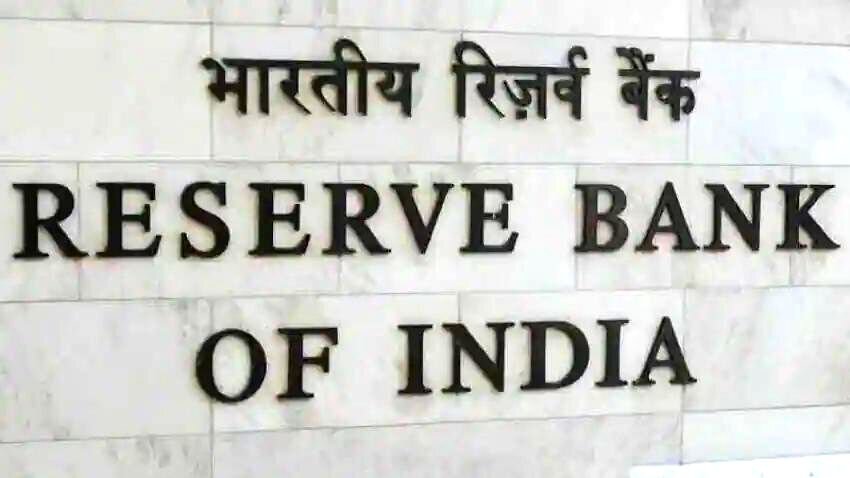
RBI's Letter To Indian Govt, Explains Failure To Keep Inflation WIthin Limits: Ukraine Conflict Primary Cause
On Thursday, the Reserve Bank of India (RBI), which is India’s central bank Monetary Policy Committee (MPC) will be meeting to consider a possible reason for the regulatory body of the Indian banking system being unable to control inflation and keep it inside the permissible range of 2% to 6% for three consecutive quarters.
The Governor of the Reserve Bank of India, Shaktikanta Das, will explain the situation in a letter to the Indian Government. The Governor may point to the conflict in Ukraine as a primary cause. The Governor refused to reveal what was in the letter because the legislation permits him to write only to the Indian Government. However, throughout the previous nine months, the Monetary Policy Committee’s evaluation and actions, as well as those of Shaktikanta Das, have pointed to a single event: the Ukraine conflict.
Also Read,
RBI Didn’t Meet Legally Required Inflation Target: But Tightening Policy Sooner Could’ve Been “Very Costly”
As per reports that have come out, Shaktikanta Das and the Monetary Policy Committee have been acting in a way that has recently drawn attention to the conflict in Ukraine. According to the RBI Governor, the 24th of February transformed the scenario. When the President of Russia, Vladimir Vladimirovich Putin, declared war on the eastern European nation, Ukraine, toward the end of February, every country across the globe was already experiencing issues with its supply chains and excessive inflation. Eventually, prices of commodities surged, driving up the cost of all goods.
Considering that inflation is widespread and not only in a small number of nations, central banks worldwide are also finding it challenging to manage. Inflation reached a multi-decade peak in the United States of America, Germany, and the United Kingdom. Inflation in India continued to be higher than the Reserve Bank of India’s 6% acceptable level.
Central banks worldwide began hiking interest rates to combat inflation. The central banking system of the United States, the Federal Reserve, or the Fed, announced a 75 BPS rate increase on Wednesday, marking the 4th consecutive increase. As of April, the repo rate in India has increased by 190 BPS to about 5.9%. The Reserve Bank of India will also outline its strategies for reducing inflation to under 6% and finally to 4% for the center.
Also Read,
Shaktikanta Das Assures That RBI’s Letter To The Govt Would Eventually Be Made Public






